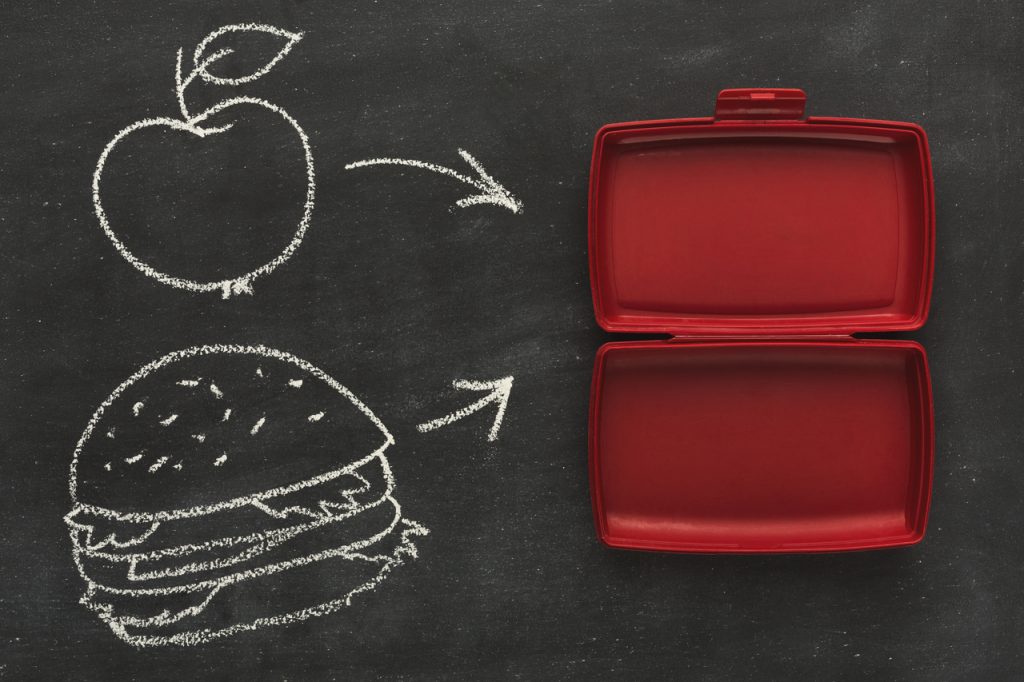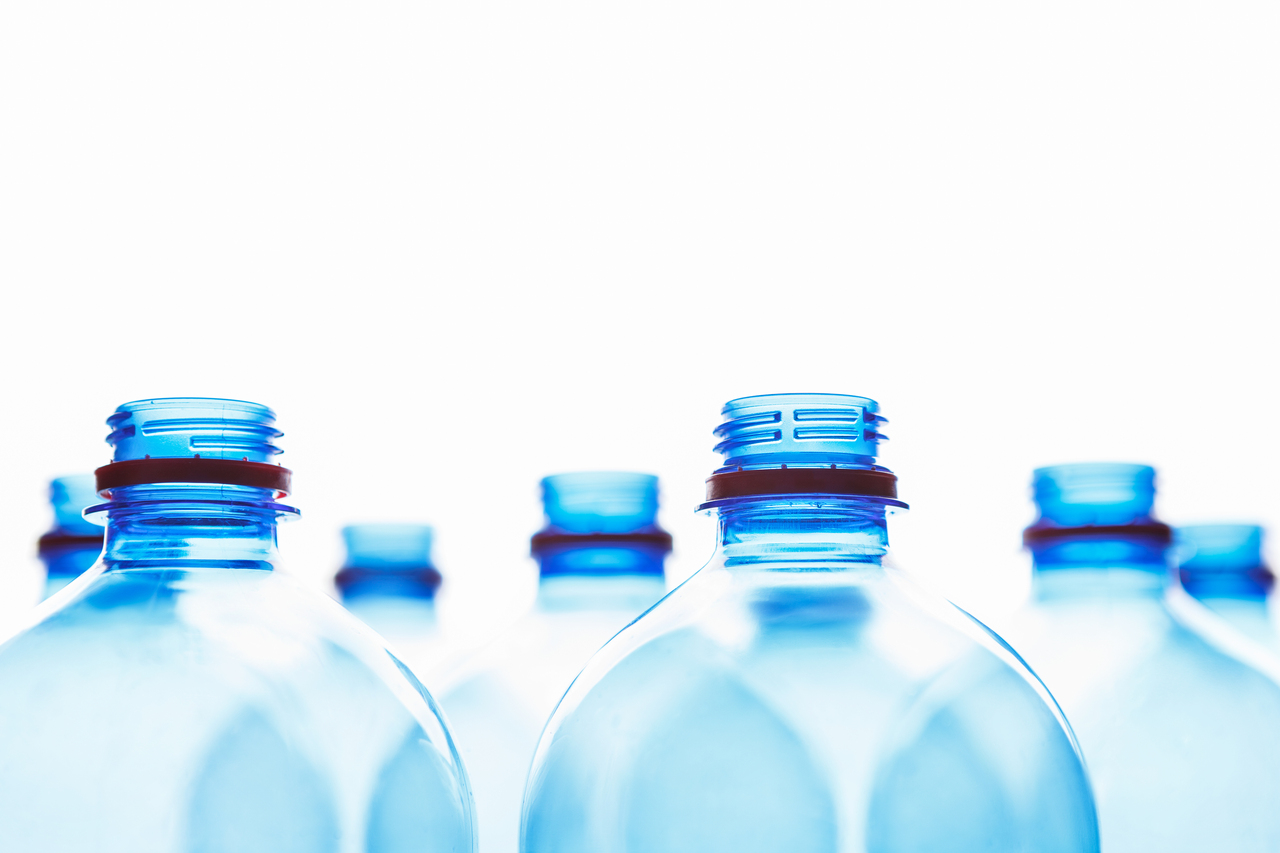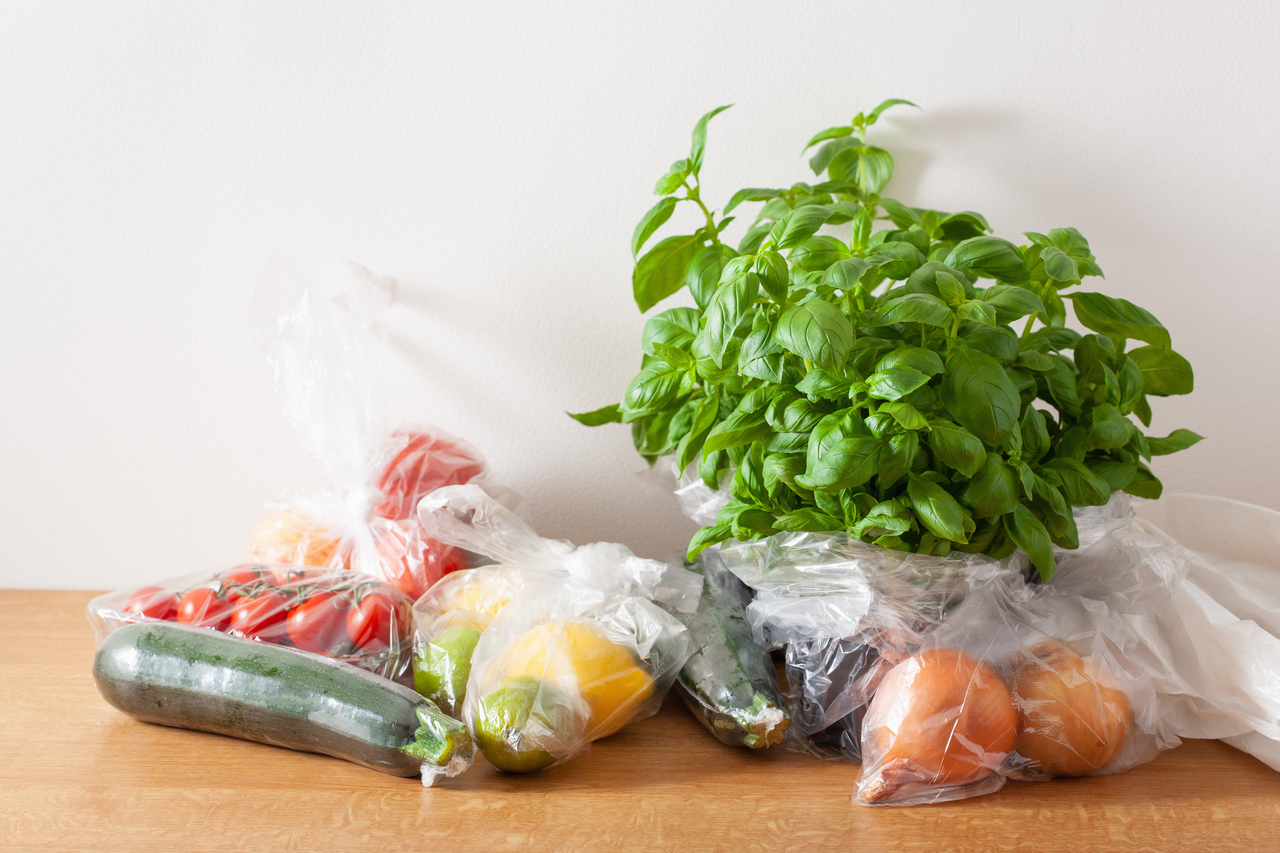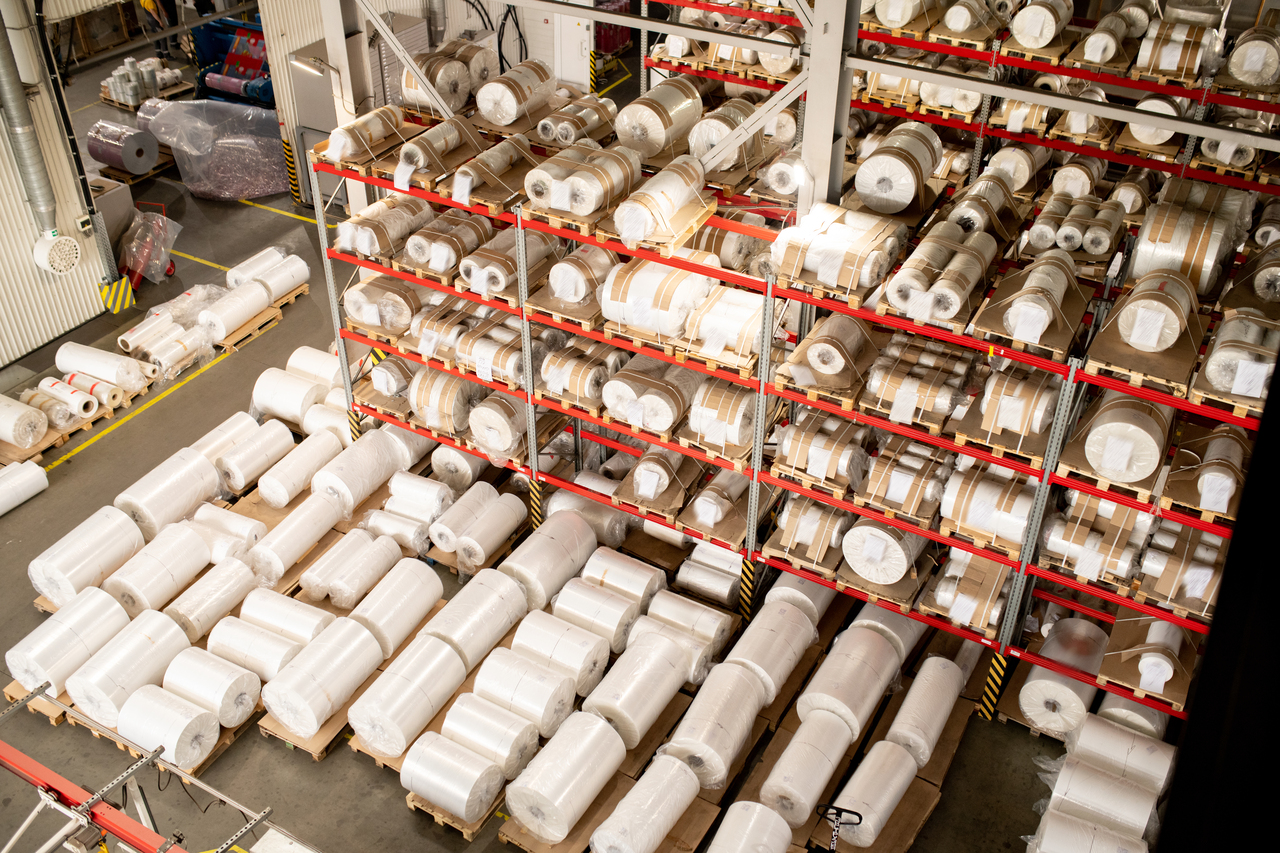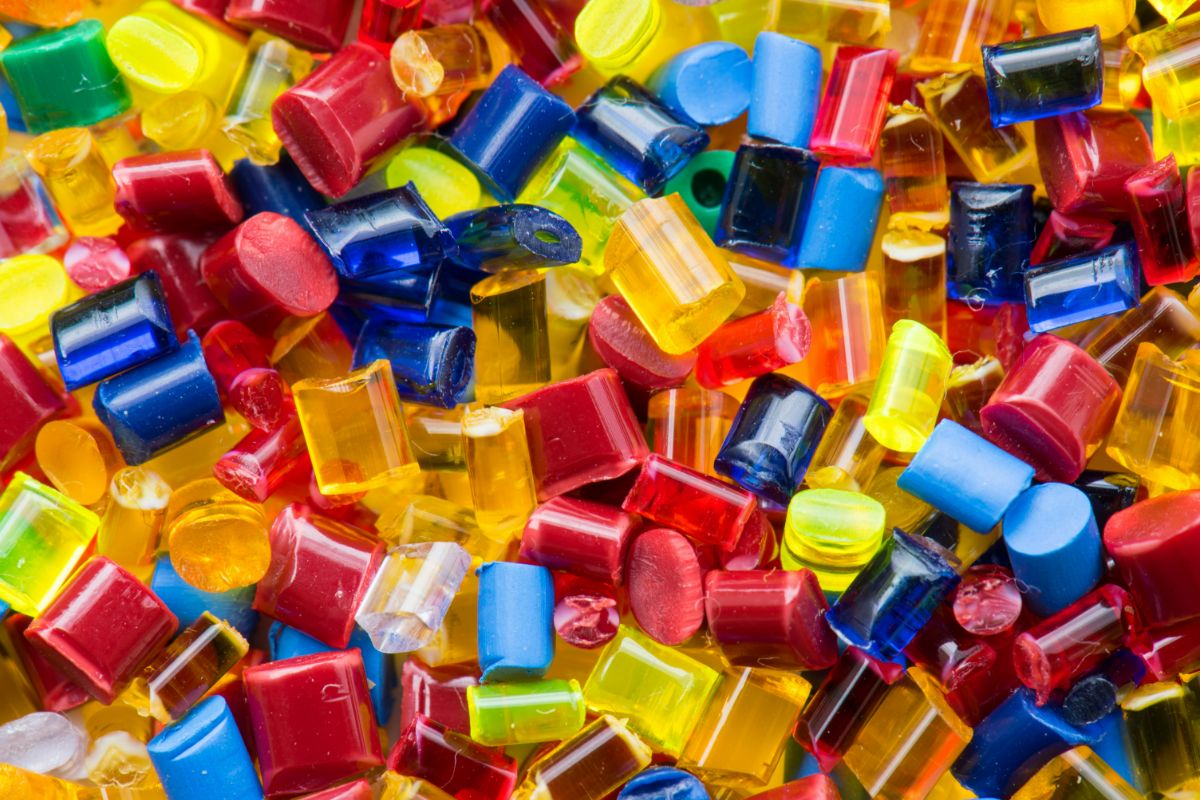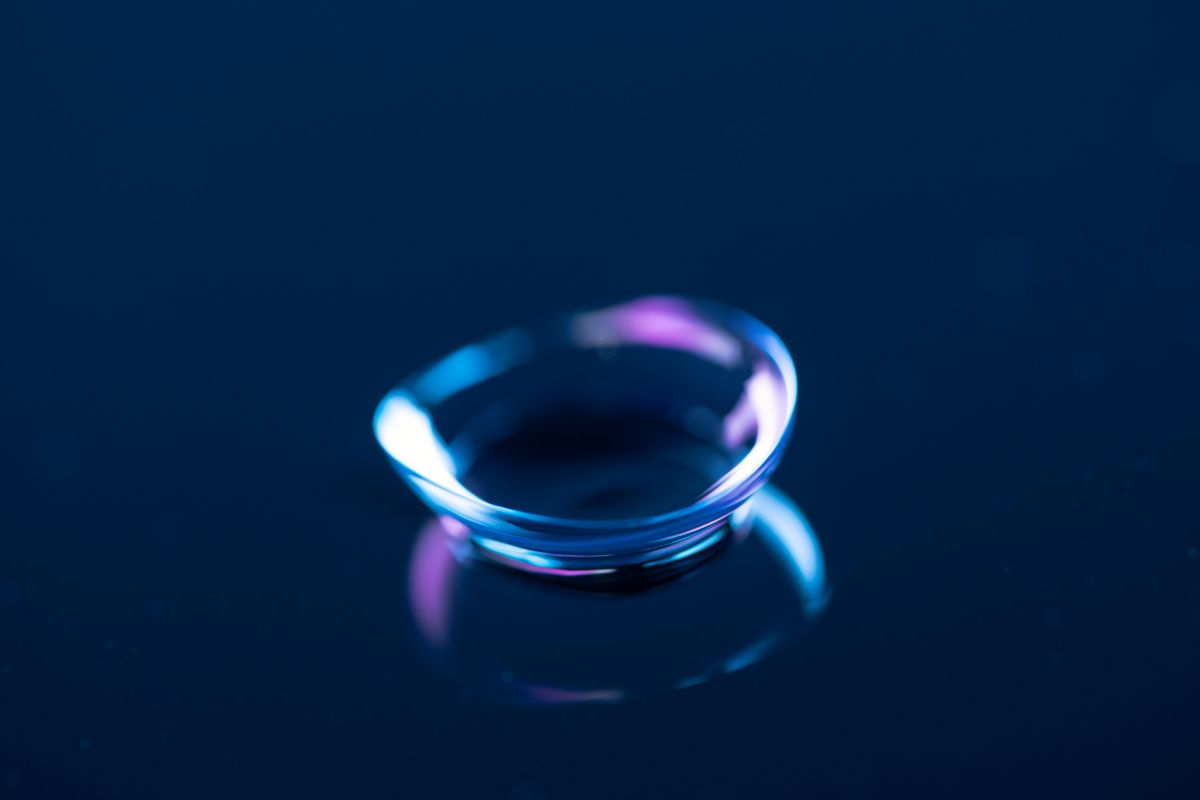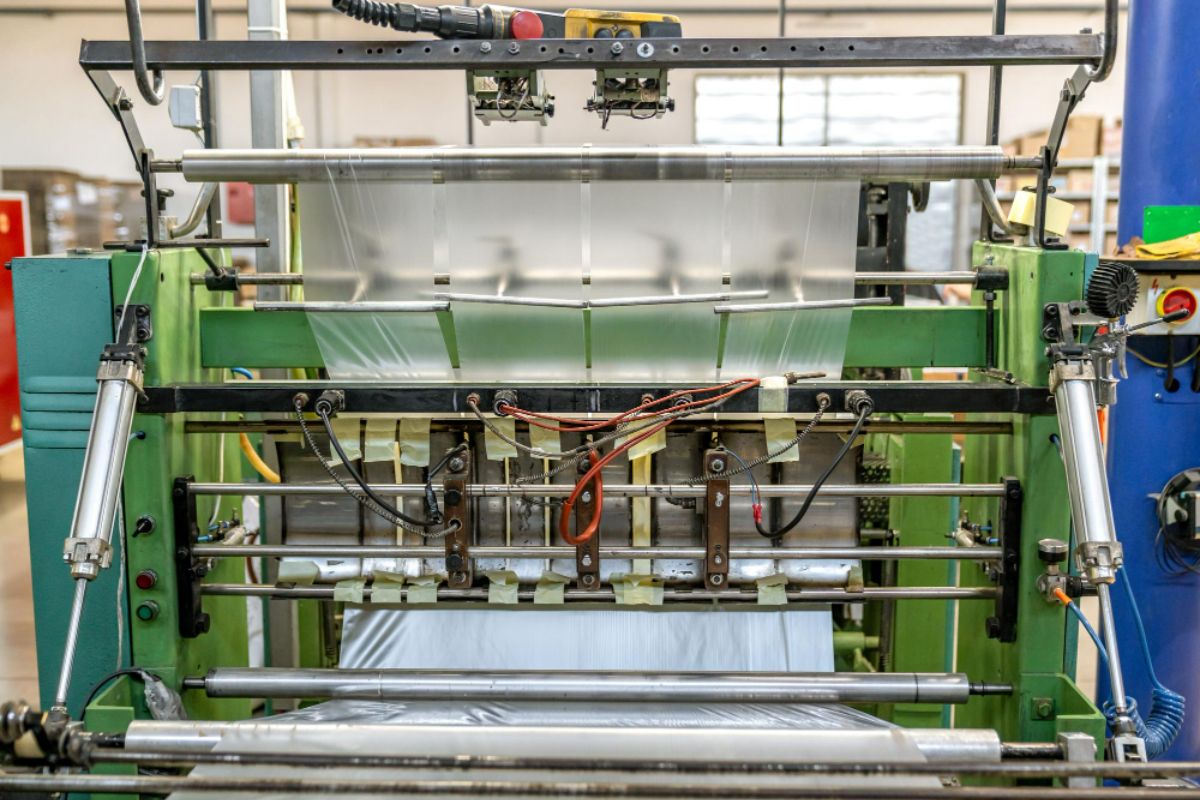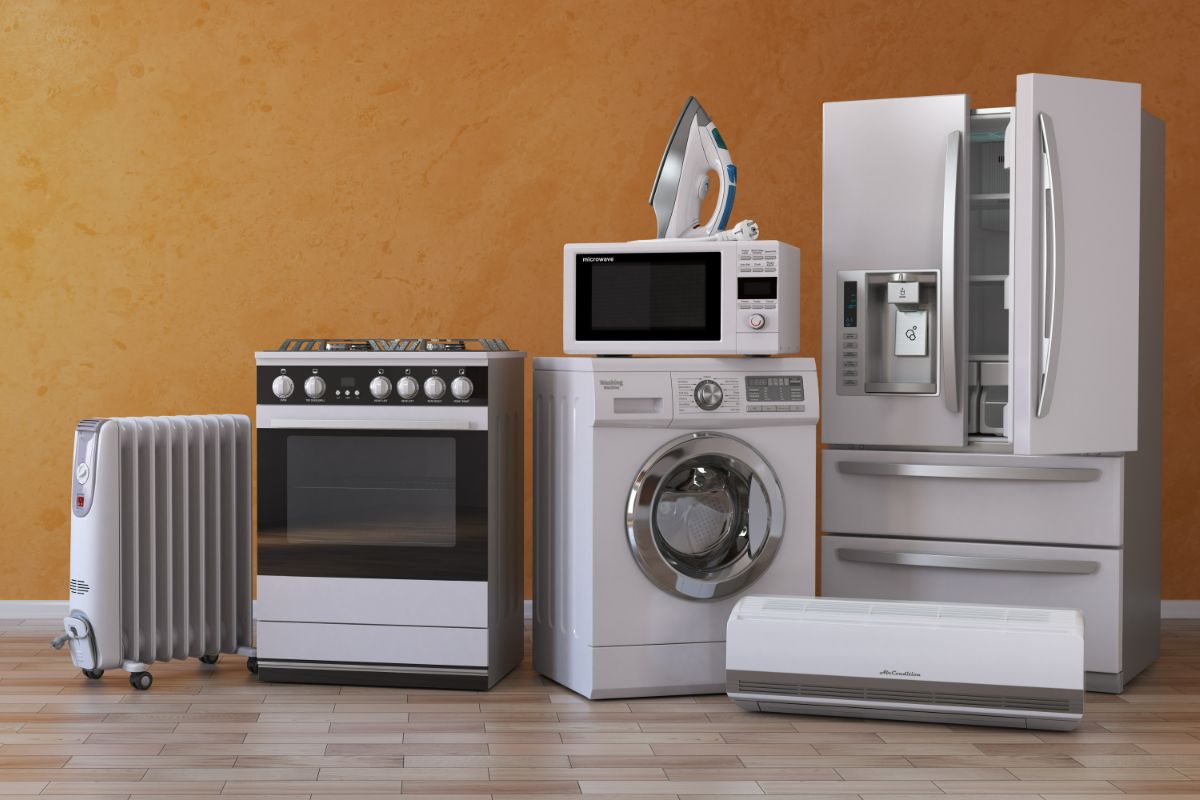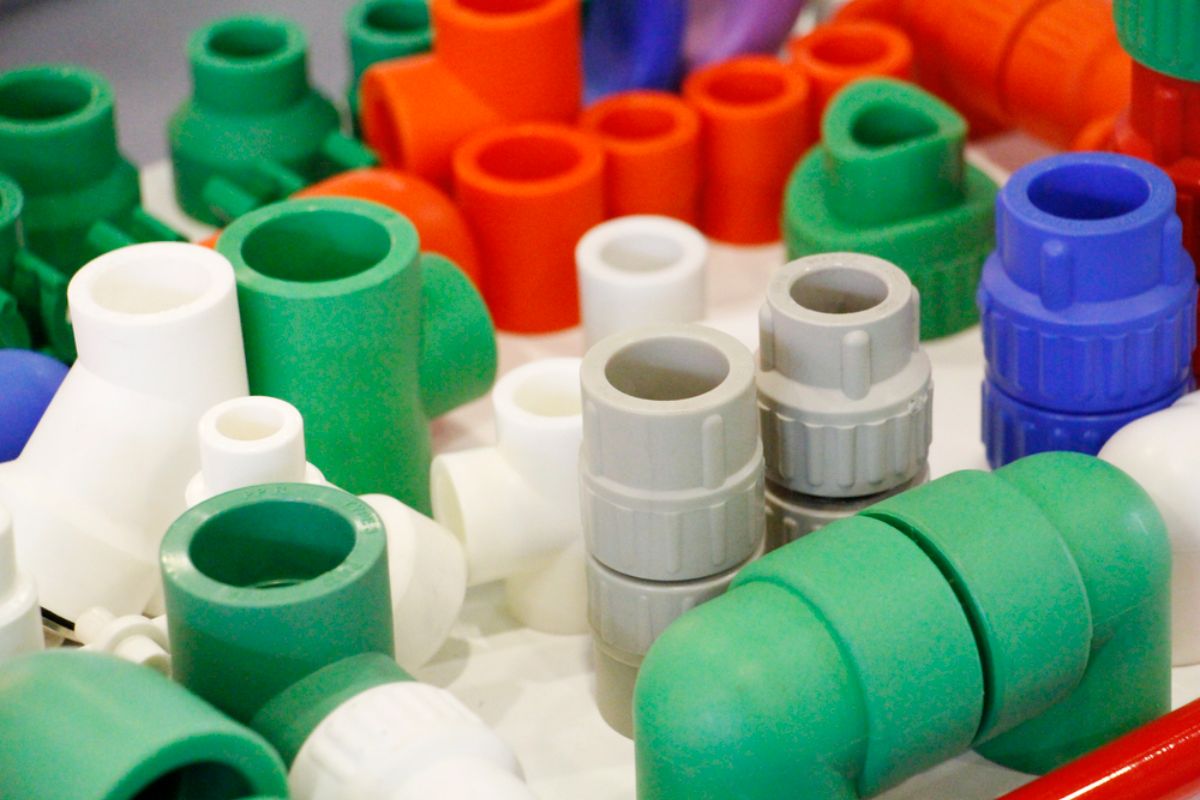What are the different types of food grade plastic?
- PET (Polyethylene Terephthalate)
- HDPE (High-Density Polyethylene)
- LDPE (Low-Density Polyethylene)
- PVC (Polyvinyl Chloride)
- PP (Polypropylene)
- PS (Polystyrene)
The different types of food grade plastic are what makes it possible to store any food-related items in a plastic-based container. These plastic types have been specifically engineered and designed to not only ensure food safety, but also to help retain the freshness and quality of food stored in them.
Generally, you’ll encounter the following food-grade plastics: PET, HDPE, LDPE, polypropylene, PVC, or polystyrene. They can be found in groceries for storing rice, processed spreads, cheeses, chips, yogurt, chocolate, or virtually every food item that you can find there. Aside from this location, these plastics can also be manufactured in reusable alternatives, such as the one you’ll find in take out food containers. Read on to learn more.
PET (Polyethylene Terephthalate)
PET or Polyethylene Terephthalate — also sometimes referred to as PETE plastic — is one of the most common plastics used in the food and beverage industry. You’re likely already familiar with PET bottles which are oftentimes used as drink and beverage containers. Some examples of these are carbonated drinks, fruit juices, energy drinks, distilled & mineral water, and the like.
Aside from these, you can also find customized PET containers that are also used for keeping food like nuts, crackers, chocolate, cookies, and chips fresh. This is due to the ability of the plastic to be moisture-resistant and prevent any chemical absorption to the food. This plastic is also versatile and flexible, which allows manufacturers to come up with various shapes and sizes of PET food containers that can be conveniently stored and carried about by the consumer.
HDPE (High-Density Polyethylene)
As the name suggests, HDPE plastic features strong and durable qualities that also make it suitable for everyday storage in the food and beverage industry. Unlike the typical polyethylene, which is oftentimes fabricated to become plastic bags, HDPE has much thicker walls and better resistance against impacts.
In food storage, HDPE can be used as milk, juice, syrup, ketchup, and vinegar containers. They’re usually fashioned with a handle for the purposes of consumer ergonomics and convenience. HDPE bottles are also designed to store large volumes of fluids, so it’s also common to spot these items in industrial food use.
LDPE (Low-Density Polyethylene)
As mentioned before, Low-Density Polyethylene differs from HDPE in that the former has less thicker walls, making them less durable for long-term storage. Knowing this, LDPE is designed only to serve as a temporary container to grocery food items. They’re usually used alongside other types of plastics.
For example, LDPE can be used for storing powdered bouillon that are usually placed inside alloy-type containers — be it stainless steel or aluminum. The LDPE plastic comes in the form of flexible caps that can also be resealed.
In more common applications, LDPE is also used to bag groceries, pack vegetables, store bread loaves, and fruits. They can also be perforated with holes to give the food “breathability” before they’re transferred to another container.
PVC (Polyvinyl Chloride)
PVC is another widely-used plastic that can also be found in structural uses such as pipes, electrical conduits, and window frames. However, PVC also has excellent properties — manufacturers can implement a range of plastic manufacturing techniques like injection molding or blow molding to come up with different kinds of food-safe PVC containers.
The medical industry requires tamper-proof containers for medicinal storage, making PVC one of the most ideal choices due to their water-resistance and food-protection capacity. Likewise, similar to many other food-safe plastics, PVC also does not emit fumes that can affect the taste of the item it’s storing.
PP (Polypropylene)
Like most plastics, Polypropylene is typically made through a chemical combination of monomers in order to make a combination/framework of the monomer molecules. Polypropylene gas is the key ingredient in achieving this type of plastic that is not too thick-walled, bit rigid enough to store food and be subjected to different temperatures without breakage.
You’ll often find PP in food containers that have a microwavable and dishwasher-safe stamp on them. This means that the container won’t warp when heated in a microwave. It also won’t have a chemical and physical reaction when it’s cleaned with dishwashing liquid.
PS (Polystyrene)
Polystyrene is more recognizable by a patented brand name, Styrofoam. However, this plastic is not only limited to the opaque food containers that you’re familiar with. Instead, PS also comes in a range of transparent and translucent designs for single-use storage of drinks and other beverages.
Other examples of PS plastic uses are coffee containers and takeaway containers from restaurants and food establishments. Unlike other containers, PS has good insulation properties. This is ideal for use as temporary coffee and hot food containers because of its good insulation that allow very minimal heat to escape. Handling PS containers is also easier and safer in preventing minor burns to the skin.
Key Takeaway
In this guide you’ve learned about the different types of food grade plastic such as PET, LDPE, HDPE, PVC, PP, and PS. Although the properties of each type of plastic may differ, they are generally safe for use when it comes to foodstuffs.
Before you use a certain kind of plastic to store your food and drinks, it’s important to think about whether it’s safe to do so. A similar feature across these plastics is that they don’t produce any harmful chemicals and substances that can have drastic effects on the food they’re storing. If your container doesn’t fall into these categories, then it may be best to use safer alternatives that are on the list.
